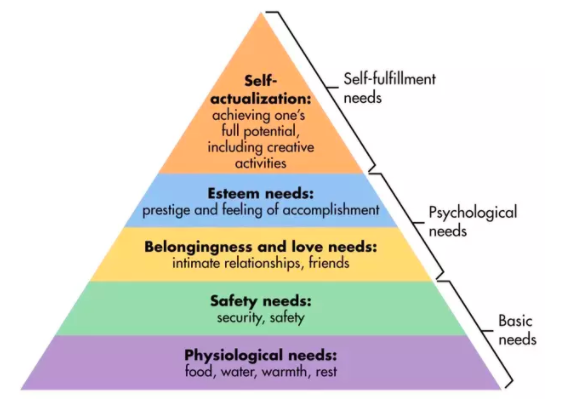I don’t have a crystal ball. I can’t tell the future. I’m generally not a lucky person. But, these times have us all wondering what things will be like in the future. And, especially for educators, what is the next school year going to look like?
Based on no scientific research or polling data, but rather based on my experiences (38 years as an educator; 23 as an elementary school principal) and thoughts, here are five ways I believe remote learning will affect the future of education.
#1. Developing and strengthening relationships with our students is going to be more important than ever. We are all experiencing trauma–some more than others. Schools need to plan on how to address the social and emotional needs of our students whether they are in person with us or at home engaged in remote learning. We need to be creative, use technology and engage our students and their families so they can share their feelings, emotions and thoughts. We can’t expect students to engage in academics and learning until we have addressed their physiological, safety, love and belonging needs as identified in Maslow’s hierarchy of needs. Educators do this by developing positive relationships with students and their families, through building classroom and school communities and supporting students and families by connecting with school counselors, social workers, psychologists and other licensed staff members.

#2. We need to continue to partner with community resources and agencies to support our families. Moving forward, we need more services in our districts and schools that support the physical and emotional needs of our stakeholders. We have always done this, but we will need to collaborate more with a stronger sense of urgency. Remote learning has shone a light on the inequity of support, resources, and educational access among our families and we can’t allow that to continue. This will be more important moving forward as schools will be called on to do more with expected federal, state and local reductions in revenue.
#3. We need to rethink our assessment, grading and reporting practices. Why do we evaluate students and schools according to a standardized test issued at one point in time? We need to be creative and allow students to demonstrate their knowledge, learning and skills in a variety of ways. During remote learning I’ve seen students play their instruments, create pieces of art, engage in physical education challenges and read stories and poems they’ve written. Why can’t we use those examples to measure student growth and progress? Students are complex, unique and full of possibilities so we need to allow them to shine and show us what they know and can do in a variety of ways.

#4. We need to provide more student voice and choice. During remote learning, teachers have been flexible with assignments, due dates and activities giving students choice and flexibility. I’ve seen teachers provide time for passion projects and genius hour ideas allowing students to explore things they are curious about and interested in. Additionally, our classrooms and school spaces need to provide students with flexibility and choice to learn in large and small groups or by themselves. Flexible seating provides students and educators with opportunities to transform the classroom environment in a myriad of ways which facilitate learning and support the activity at hand. Rows of desks have got to go.
#5. We need to examine how to deliver the curriculum. No longer can we accept educators standing in front of students imparting their knowledge. We need engagement, enjoyment, collaboration, applicability and project based learning. Curriculum is not a purchased product or a teacher’s manual. Those are tools for delivering and teaching standards and objectives. Curriculum needs to be interdisciplinary, connected to our natural world, and have meaning for our students.
None of us knows what the future will look like, but we can learn lessons from our experience with remote learning to make sure we are meeting the needs of our students and families and not revert back to some of our antiquated and exclusionary practices. We need to be better in the future for the sake of our students.
Educators, how are you adjusting to this new reality?
Feel free to share how you are adjusting and helping to support students and teachers from afar in our comments section.






